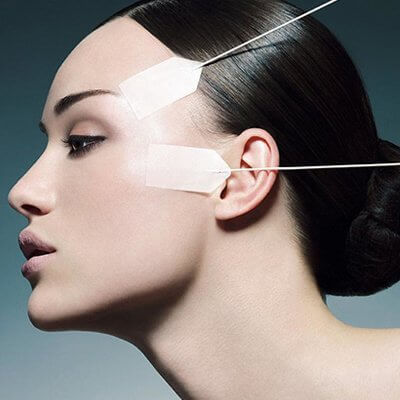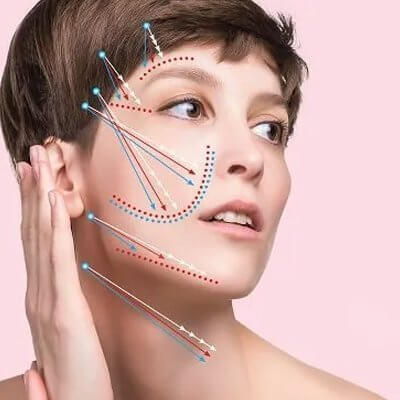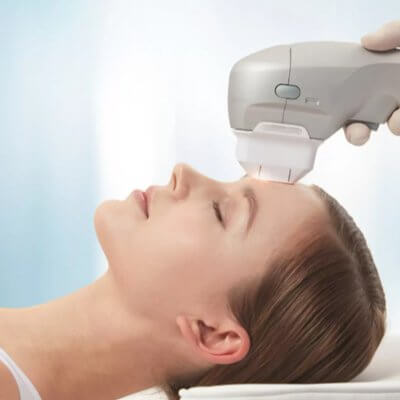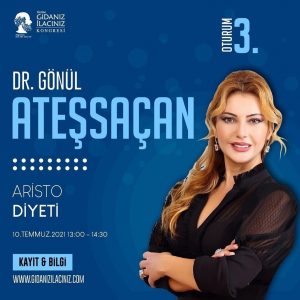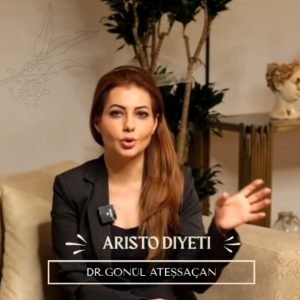How is a Non-surgical Face Lift Performed?
Non-surgical facelift may seem like a single procedure, but it is the common name of more than one aesthetic procedure. So the procedure differs according to the adopted method. These techniques include focus ultrasound (HIFU), French lift, Ultherapy, dermal fillers and botox, . Here are the non-surgical facelift techniques:
Focused Ultrasound (HIFU)
Focused ultrasound, as its name suggests, is a non-surgical facelift technique that aims to regenerate the skin using sound waves. This procedure, which takes approximately 45 minutes, only takes one session. Focused ultrasound, or HIFU, aims to trigger collagen production with sound waves sent under the skin. skin goes through similar changes regardless of the person with aging. In this process, the amount of collagen, a natural protein that tightens the skin, decreases. Increased collagen production helps restore the volume lost with age. Because the focused ultrasound does not affect the upper layer of the skin, it does not cause ache on skin.
French Lift
The French lift is a non-surgical facelift technique in which the face is tightened with special threads made of polyester on the inside and silicone on the outside. This face lift procedure is a very effective method especially for sagging around the eyes and cheeks. Since it does not require an incision, the French lift is completed in 45 minutes and one session under local anesthetics. Before starting the procedure, your doctor examines your skin and decides on which areas the threads should be applied during the procedure. The tip of the threads placed under the skin reaches the top of the ear, so they will not be visible from the outside. It is normal to have mild swelling and bruising after the procedure. There is also a slight risk of infection. Your doctor may prescribe antibiotics after the procedure against infection risk.
Ultherapy
Ultherapy is a non-surgical facelift method performed with a special device developed for this procedure. This method aims to trigger collagen and elastin production, which are naturally found in the skin and ensures that the skin is tightened and rejuvenated. Collagen allows the skin to renew itself without any surgical interventions and pain. During Ultherapy, approved by the FDA (American Food and Drug Administration), the sound waves used in ultrasound technology are delivered to the deep layers of the skin. Triggering the production of these substances that decrease with aging, the body’s natural healing mechanisms are stimulated.
Botox
Botox is very effective, especially in reducing the appearance of wrinkles. In this method, botulinum toxin, a protein produced by the bacterium Clostridium Botulinum, is injected into wrinkles. Botox prevents the secretion of a substance called acetylcholine from the nerve endings and the contraction in the muscles that cause wrinkles on the face. Botox causes partial paralysis in the application area but its effects are temporary, and long-term effects can only be achieved if the application is regularly repeated. After treatment with botox, you should wait 3 to 4 days for the effects to be visible. The effects of the procedure begin to wear off in 3 to 6 months and gradually disappear.
Side Effects of Non-Surgical Face Lift?
Although the side effects of non-surgical facelift procedures depend on the type of procedure, they are generally considered non-threatening. Some of these techniques, which are considered to be minimally invasive because they do not require incisions, may have risks such as mild redness, sensitivity, and infection. However, one of the advantages of these procedures is that they pose low risks compared to surgical procedures.
Dr. Gönül Ateşsaçan
Dr. Gönül Ateşsaçan
Dr. Gönül Ateşsaçan
Dr. Gönül Ateşsaçan
Dr. Gönül Ateşsaçan
